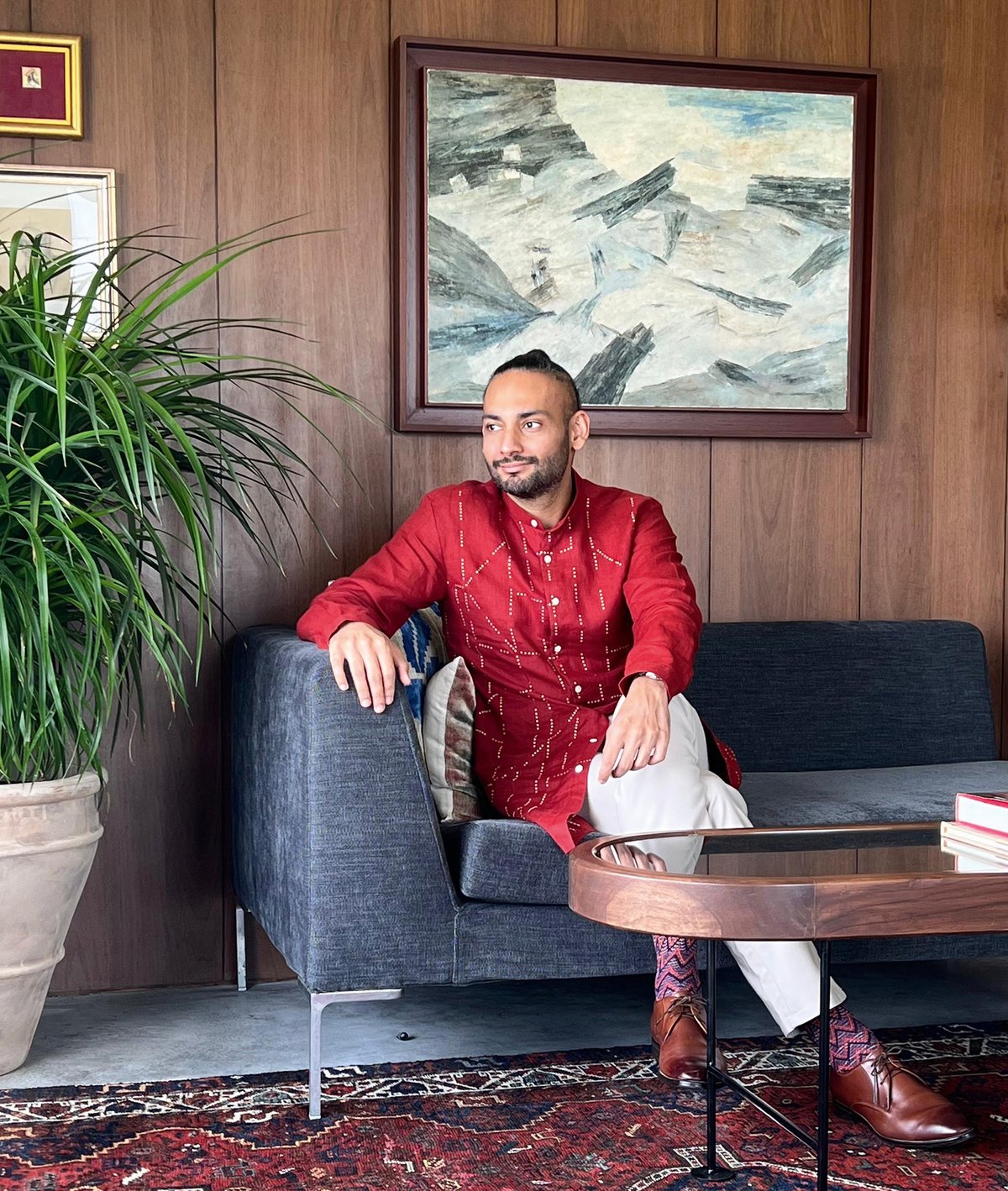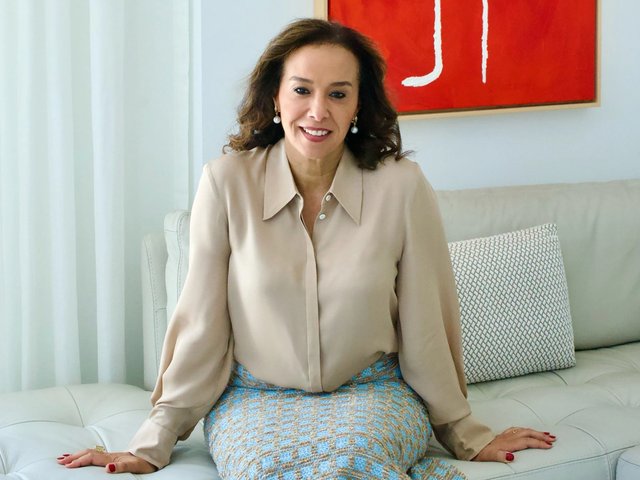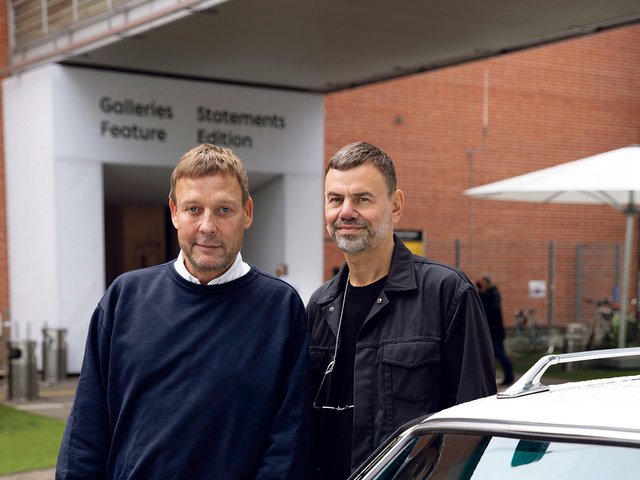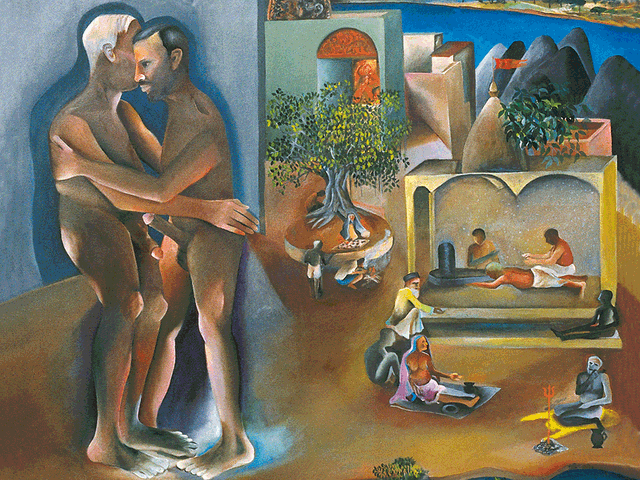“The next decade of Indian art will be defined by a decentring, away from New Delhi and Mumbai,” says the Chennai-based collector and logistics heir Jaiveer Johal. Case in point: Johal’s new foundation, Avtar, named after his mother, Avtar Johal, was launched in December to promote Modern and contemporary South Asian art, with the mission of “for Madras, from Madras” [the former name of Chennai]. The foundation eschews a permanent exhibition space and instead will activate public and commercial venues around the city with around three externally curated shows a year, derived mainly, though not exclusively, from Johal’s collection.
“All of Chennai’s contemporary art is in private homes,” Johal says. “I don’t want the audience to come to me—we should go to them. They should feel ownership of the space.” Footfall for Avtar’s inaugural show, a portraiture-themed exhibition at the Alliance Française Madras, curated by Anish Gawande and including works by Rekha Rodwittiya and Lionel Wendt, was tremendous: “Five thousand people in 14 days,” Johal says. “That’s as much as a commercial gallery might get in a whole year.” Future exhibitions, including one themed around the body, will involve loans from other foundations and institutions.
In another local endeavour, Johal is helping to stage two exhibitions for the fourth edition of the Chennai Photo Biennale (until 16 March). The first is of the Gurgaon-based artist Manisha Gera Baswani’s series Artists Through the Lens, capturing 25 years of artists in their studios. The second is a survey of the Delhi-born, London-based Canadian photographer Sunil Gupta, held in the city’s Government Museum, Egmore.
Love and Light: A Site of Infinite Possibilities, curated by the artist’s husband, Charan Singh, is Gupta’s first retrospective in his motherland. This will also mark the first time that explicitly queer work by a living artist has been shown in an Indian public institution. It is staged against a fraught history: Gupta’s last non-commercial show in India, held in 2012 at the New Delhi chapter of the Alliance Française, was raided and shut down by the police.
Johal, a keen collector of Gupta’s work, is funding the show along with the patrons Tarana and Tarun Sawhney, and Roshini Vadehra, Gupta’s Delhi gallerist. Johal describes the show as an “important milestone” in queer Indian art history. A folio of Gupta’s works will be sold at IAF to raise funds for the Chennai Photo Biennale.
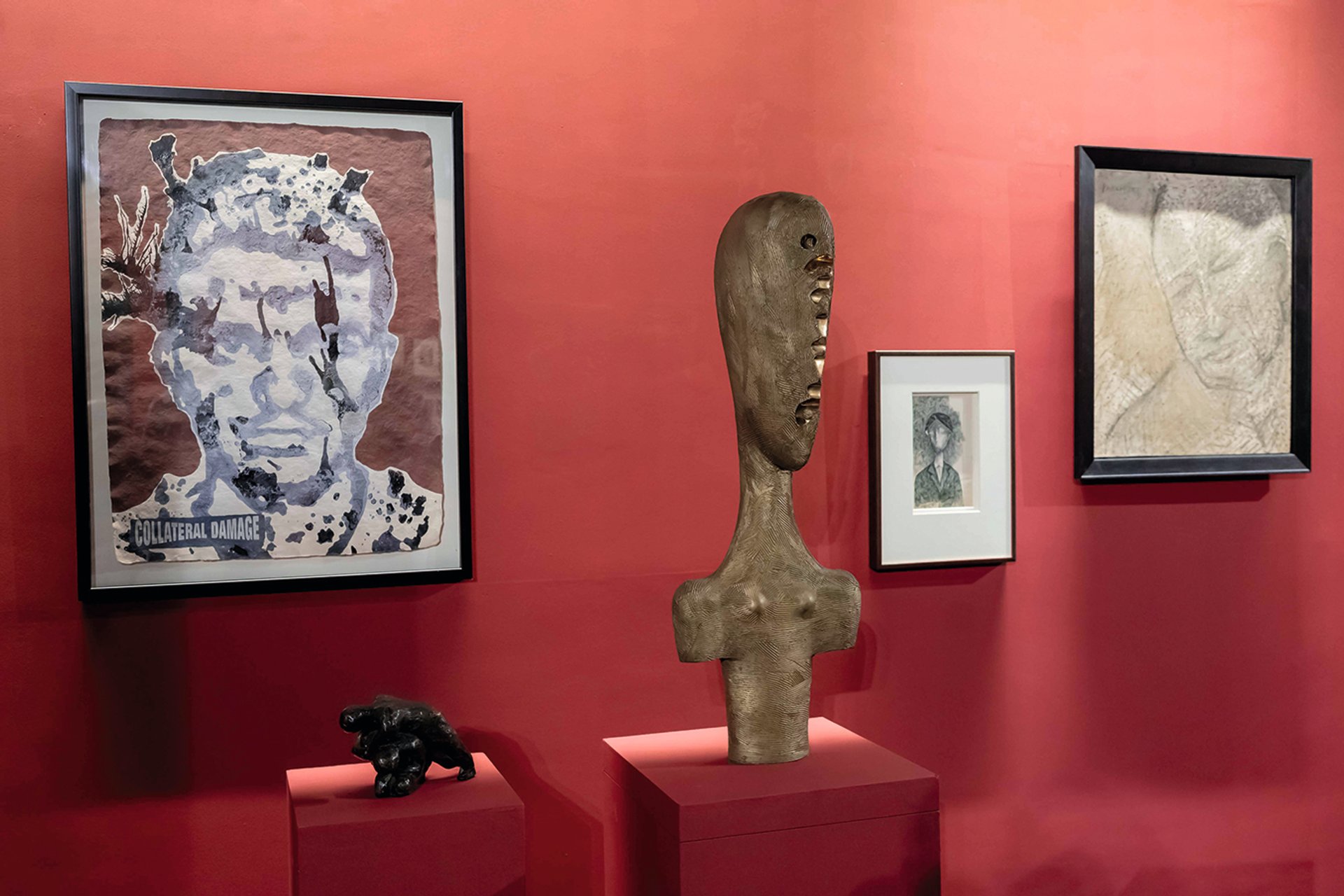
Johal’s art collection, which now forms the basis of the Avtar Foundation in Chennai, includes, from left: Collateral Damage by Jitish Kallat; Concern (2014) by K R Nariman; Untitled (2022) by Himmat Shah; Untitled (1960s) by Ram Kumar; and Untitled (1991) by Akbar Padamsee Photo: Courtesy of Jaiveer Johal
The Art Newspaper: What was the first work you ever bought?
Jaiveer Johal: A set of drawings of faces by Jogen Chowdhury from around 2015. I bought them from a dealer in Mumbai. They are the regular drawings, not his cross-hatch works, and entirely striking. That purchase, made around a decade ago, began the recurring theme of portraiture within my collection. I’d never spent that much money on anything like art before. It was 450,000 rupees (around $5,200)—which was quite a bit of money for contemporary Indian art ten years ago. After I’d made the purchase I thought to myself, ‘What the fuck have I done?’”
What is a favourite work you’ve bought recently?
A recent favourite is by Kulpreet Singh, who has held two fantastic back-to-back shows at Mirchandani + Steinruecke in Mumbai about the farmers’ protests in his native Punjab, where I also have roots. I bought a work he made by dragging charred stubble crop against a canvas. It is extremely fragile, and Singh’s gallerist Ranjana Steinruecke warned me that it will likely disintegrate further. But I’m OK with my art being ephemeral. I don’t have kids and I don’t plan to, so my art doesn’t need to outlive me.
Have you ever received any great collecting advice?
I’ve received two great pieces of collecting advice. The first from fellow collector Udit Bhambri: “Great art should always be a stretch. And it is always slightly unaffordable.” The second was from the collector-turned-miniatures dealer Nitin Bhayana: “Collecting is not about what you buy, but what you don’t buy. It is the art of saying no.”
What do you regret not buying when you had the chance?
I passed on an Akbar Padamsee work when I had the money—which is rare because I don’t often have the money. This was a few years before his market took off, when his primary works were still in my price range. Not any more. I eventually saw a similar work sell for five times that at auction.
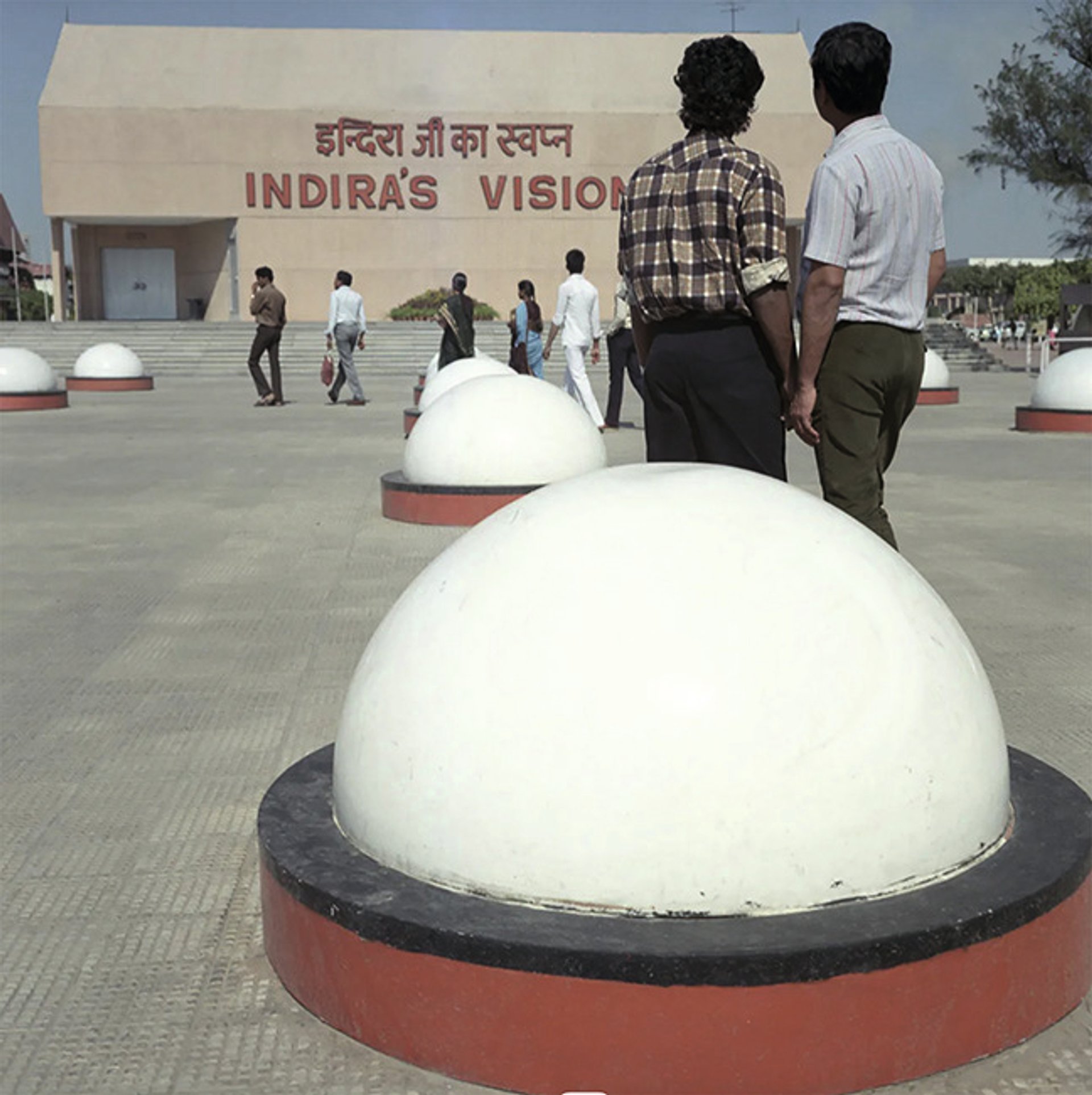
Sunil Gupta’s Indira’s Vision (1987), from Love and Light, a retrospective in Chennai co-funded by Johal. It is the photographer’s first institutional exhibition in India since 2012, when police raided his show Courtesy of the artist and Hales Gallery
If your house was on fire, which work would you save?
I’m a capitalist pig, so I’ll grab the most expensive work! Probably a painting by SH Raza.
If you could own any work from a museum, which would it be?
I’ve learned over the years not to covet works from museums. However, I do get the impulse to take a work when I see something wonderful hanging in a private house in the middle of nowhere, which I know very few people will ever see.
Which artists, dead or alive, would you invite to your dream dinner party?
Amrita Sher-Gil, Gieve Patel, Nilima Sheikh and Bhupen Khakhar. I’m not cooking, but I’m a good boy so I’ll wash up afterwards.


